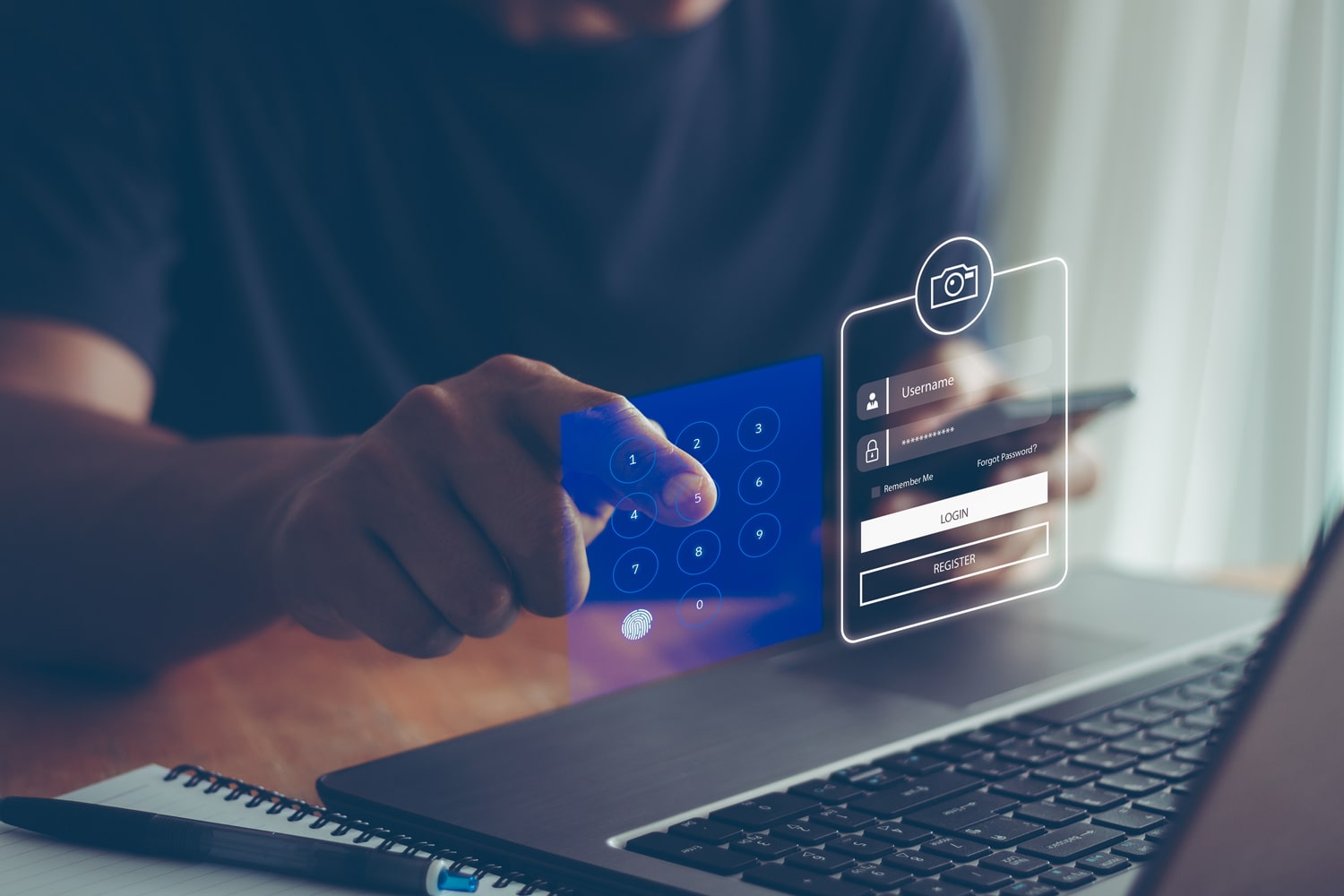Mobile Devices In today’s fast-paced digital landscape, CIOs and CISOs recognize the critical role of cybersecurity awareness training.
Your employees likely grasp the necessity of strong identity management and two-factor authentication to protect their laptops.

Here’s What You Will Learn in This Blog
The Overlooked Threat
In your Cybersecurity Strategy In today’s fast-paced digital landscape, CIOs and CISOs recognize the critical role of cybersecurity awareness training.
Your employees likely grasp the necessity of strong identity management and two-factor authentication to protect their laptops.
However, there’s a significant oversight in most security protocols.
The Mobile Device Dilemma
Mobile devices have become essential for productivity, utilized for everything from emails and project management to accessing vital business data. Unfortunately, they also represent a significant vulnerability in your cybersecurity framework.
Here’s why:
• Diverse Ecosystems: Mobile devices run on various platforms and carriers, making it challenging to implement standardized security measures.
• Employee-Owned Devices: Many organizations follow a BYOD (Bring Your Own Device) policy, meaning these devices may not comply with your security protocols.
• Unencrypted Data: Alarmingly, many mobile devices store sensitive information without encryption, often syncing it automatically to the cloud.
The Risks Your Employees Need to Know Cybersecurity training frequently neglects mobile devices, leaving employees unaware of the threats that could be hiding in their pockets.
Your team must recognize that mobile devices are susceptible to,
01

Malware
Malicious software that can steal data or damage systems.
02

Ransomware
Cybercriminals locking device access until a ransom is paid.
03

Phishing Attacks
Deceptive emails or messages that trick users into revealing sensitive information.
04

App-Based Threats
Harmful apps downloaded from unofficial sources.
05

SIM Swapping
Criminals taking over your phone number to access accounts.
06

Unsecured Wi-Fi
Hackers taking advantage of open networks for data theft (e.g., the recent Russian attack using a neighbour’s Wi-Fi).
07

Spyware
Software that monitors your activities without your consent. Your team must recognize that mobile devices are susceptible to malware.
08

Bluetooth Attacks
Recognizing the Warning Signs It’s crucial to train your employees to watch for, A significant drop in performance or a sudden reduction in battery life. The appearance of unfamiliar applications.
Frequent and unexpected pop-up notifications.
09

Employee Training
Tailored programs aimed at addressing specific mobile threats and empowering employees to recognize and manage risks.
At Nsight, we understand the challenges of today’s cybersecurity environment. Our comprehensive cybersecurity services go beyond traditional methods, with a strong focus on mobile device security.
• Mobile Device Management (MDM): Solutions that secure, monitor, and oversee mobile devices across your organization.
• Data Encryption & Backup Protocols: Ensure that sensitive data is encrypted and securely backed up.
• Threat Intelligence: Stay ahead of emerging mobile threats with real-time insights. Don’t Wait for a Breach Mobile device vulnerabilities pose a significant risk. The best time to secure your mobile environment was yesterday;
the next best time is now.
Let Nsight help you enhance your cybersecurity strategy.
Together, we can safeguard your organization’s most vulnerable devices.
About the Author

Rakesh Nakka, a seasoned Practice Leader in Infrastructure, Security & Cloud, brings over 19 years of expertise in steering industry-leading operations. He adeptly leverages modern design patterns and next-gen technologies to ensure secure, seamless, and scalable system access.
With a strong advisory background, Rakesh excels in driving business innovation, workplace modernization, and long-term cost control through strategic cloud initiatives.





